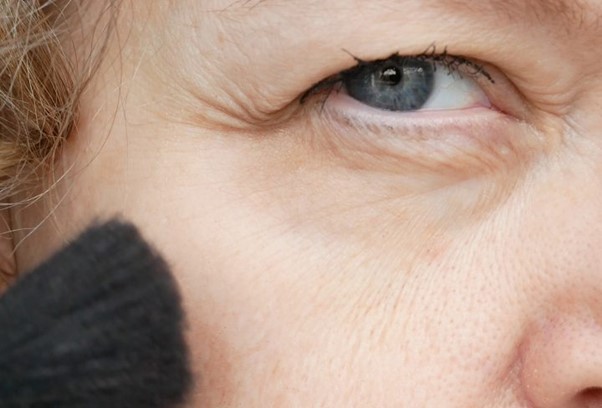Ptosis, pronounced “toe-sis,” is a medical term that might sound unfamiliar, but it refers to a condition that affects the position of the upper eyelid. This condition can have various causes and implications for both appearance and vision. In this blog, we’ll delve into what ptosis is, its causes, symptoms, and available treatment options.
What is Ptosis? Ptosis is characterized by a drooping of the upper eyelid. While some degree of asymmetry between the two eyelids is normal, excessive drooping can lead to not only cosmetic concerns but also functional issues, such as obstructed vision.
Causes of Ptosis: Ptosis can be congenital (present from birth) or acquired (developed later in life). Some common causes include:
- Weak Eyelid Muscles: The muscles responsible for lifting the eyelid might weaken due to age, injury, or neurological conditions.
- Nerve Damage: Damage to the nerves controlling the eyelid muscles can lead to drooping.
- Ageing: As we age, tissues naturally lose elasticity, contributing to drooping eyelids.
- Congenital Factors: Some children are born with ptosis due to underdeveloped eyelid muscles.
- Injury: Trauma to the eye area or eyelid can cause ptosis.
- Medical Conditions: Certain medical conditions like myasthenia gravis and Horner’s syndrome can lead to ptosis.
Symptoms and Impact: Ptosis can vary in severity, from a slight droop to covering a significant portion of the pupil. Depending on its severity, ptosis can cause:
- Reduced Vision: In severe cases, the drooping eyelid can obstruct vision, affecting daily activities.
- Eye Strain: Constantly straining to lift the eyelid can lead to eye discomfort and fatigue.
- Cosmetic Concerns: Ptosis can alter the appearance of the eyes, leading to self-esteem and confidence issues.
Treatment Options: The treatment of ptosis depends on its cause and severity:
- Surgery: In cases where ptosis significantly affects vision or appearance, surgical correction might be recommended. The procedure involves adjusting the eyelid muscles to restore proper positioning.
- Blepharoplasty: For those with both ptosis and excess skin in the eyelid area, a blepharoplasty (eyelid lift) might be performed to improve both functionality and aesthetics.
- Management of Underlying Conditions: If ptosis is a result of an underlying medical condition, treating that condition can help alleviate the drooping.
Conclusion: Ptosis is more than just a cosmetic concern – it can impact vision and overall eye health. Whether congenital or acquired, it’s important to address ptosis to prevent potential complications. If you or someone you know is experiencing symptoms of ptosis, consulting an eye care professional is essential. They can provide accurate diagnosis and guide you toward the most suitable treatment, ensuring that both functional and aesthetic aspects of the eyes are well cared for.


